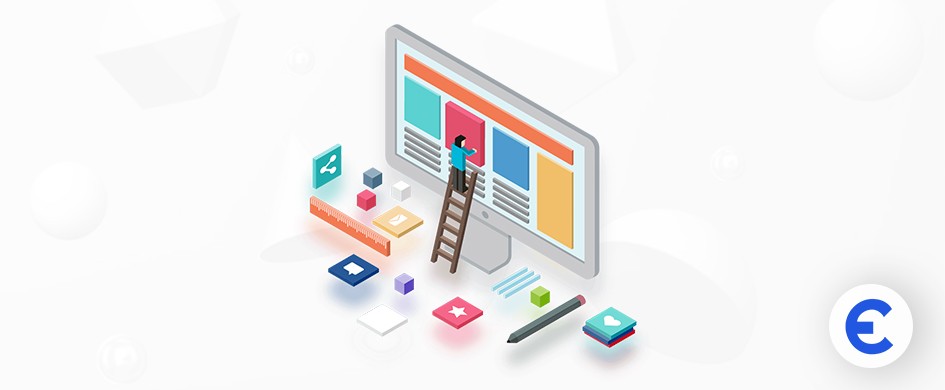The workplace landscape has undergone a massive transformation as remote working is becoming a standard norm for organizations worldwide. This working approach was ignited during the COVID-19 pandemic and altered the way we used to work. Even though this shift enabled unprecedented flexibility and productivity gains, it also invited several challenges in the security of the IT infrastructures. In this blog, we will discuss on:
-
How has the shift to remote work impacted traditional IT infrastructure requirements?
-
What are the key challenges organizations face in supporting remote work from an IT infrastructure perspective?
-
How does cloud computing facilitate remote work and support distributed teams?
-
How do organizations ensure secure connectivity for remote workers accessing corporate resources?
-
What security risks are associated with remote work, and how can organizations mitigate them?
What is Remote Working?
The terminology "Remote work," also known as WFH(Work From Home), is trending in the working environment nowadays. It is not just terminology but a working arrangement where employees are allowed to work remotely, i.e., from a remote location outside the central work point operated by the employer. The remote location can be an employee's home, shared office, or tourist destination as long as you are working. This approach was not that popular but was validated in the international market during the COVID-19 pandemic. Now, many international organizations and employees prioritize this approach for enhanced flexibility, productivity, and reduced cost.
How do Remote Works Impact IT infrastructures?
We can't deny the fact that remote work is a very good approach to providing employees with a flexible work environment. Not only that, but it also reduces work stress by making the work environment even more entertaining. However, this trend demands significant challenges in the existing infrastructure of traditional workplaces.
Here are some of the major areas it impacts:
-
Increased Demand for Cloud Computing
The cloud computing trend ignited with the rise of remote working. Cloud facilitates the working environment by providing a common platform to share and access files and data from anywhere. And it makes cloud computing ideal for online jobs, and it is becoming more crucial with the increase in remote work.
-
Cybersecurity is a Major Concern Now
The increased remote work increases the concern of cybersecurity, as employees are exposed to the network outside of the safe perimeter of the office network. Moreover, This might invite the vulnerabilities that cybercriminals can use to their advantage. So, This is a significant issue that needs to be fixed carefully to safeguard the data and system from potential risks and vulnerabilities.
-
Dependency on Collaboration Tools
In a remote working environment, employees might be scattered worldwide, where organizations become dependent on collaborative tools like Microsoft Teams, Slack, Trello, etc. Using these helps to operate as a collaborative team for enhanced productivity.
Pros of Remote Work
Remote Work is an excellent evolution in a working environment for employees and employers. From a traditional office to a functional space of your choice, it has made work fun and flexible. There are reasons this working approach is a fan favorite.
-
Increased Flexibility & Improved Work
There is a known fact that work efficiency is always better in a flexible environment with no pressure. One of the significant characteristics of remote work is flexibility. It provides employees and employers with a productive environment where only the amount of work done matters. It allows employees to work in their most effective and suitable space, reducing travel and time management stress.
-
Enhanced Productivity & Cost Saving
There is a thing about remote workers: they experience no interruption and distractions while working, resulting in deep concentration and enhanced productivity. They are allowed to ignore commuting, which helps save time and reduce stress.
Another thing it helps to ignore is the arrangement of a traditional workspace and managing them. The employees work on their own devices, space, and internet, which helps reduce the overall management cost.
When you practice remote work, your hiring options are not limited to a specific geographic region but are worldwide. When location is no longer a limitation, companies can recruit top talents regardless of where they are based, allowing them to tap into a broader pool of talents with experience and expertise. You can explore the working option even if personal challenges like family commitments, disabilities, and other reasons bind you.
Another attractive feature of remote work is balancing your work life. By this, individuals can make their working schedules accommodate personal commitments and maintain a more harmonious balance between work and life. Moreover, it enables you to be more committed to better health, family relationships, and the things that really matter to you.
Click the link to find out on how to reduce cost with Staff Augmentation
Challenges Organizations Face
Reward and Challenge always go hand-in-hand. You can only enjoy the prize if you manage the challenges efficiently at the right time. As remote work has numerous positive aspects, it also invites some non-negotiable challenges. Some of them are:
-
Connectivity and Communication Barrier
There is no doubt that remote work facilitates employees and employers with a flexible environment. However, collective effort and close communication are standard ways to enhance skills and productivity. Sometimes, miscommunication and misinterpretation can lead to severe damage to the individual projects or the organization's overall reputation.
-
Employee Engagement & Isolation
With employees working remotely, there are always fewer chances for casual interactions and collaboration between colleagues and organizations. That will not encourage individuals to work as a team, and that hampers overall performance and productivity.
-
IT Infrastructure Constraints
As we have already said, managing and cooperating with employees worldwide simultaneously takes work. Remote work brings challenges like security vulnerabilities, increased network bandwidth, and difficulty accessing the organization's data and system remotely. Also, it can lead to strains of existing infrastructures, causing performance issues and downtime if systems are not being optimized frequently.
Remote workers often use unsecured public wifi or unprotected home networks. Exposing your systems and data in a poor network is always a risk. These networks can be compromised, allowing cybercriminals to breach and steal data or launch a cyberattack on remote devices.
Security Risks Associated With Remote Work
-
Phishing Attacks
-
Insecure Network Devices
-
Data Leakage and Insider Threats
-
Weak Authentication Practices
-
Endpoint Security
-
Lack of Security Awareness
Best Security Tools for Remote Work
-
Virtual Private Network (VPN)
-
Endpoint Security Software
-
Multi-Factor Authentication (MFA)
-
Secure Email Gateways
-
Data Loss Prevention (DLP) Solutions
-
Encryption Tools
-
Remote Desktop Protocol (RDP) Security
-
Security Information and Event Management (SIEM) Solutions



